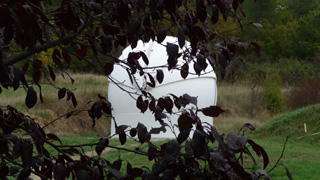ASA DM85 Mount and custom Pier
As everybody knows (or should know!), precision of the mont is a very important parameter :
for astrophotography, allowing long poses
but also for precise photometry (as needed for exoplanets transit search) : CCD cells have variable gain for each pixel, and even if flat fields are made to correct this difference, the best solution is still that a given star remains on the same pixels as long as possible. This means something around 1 arc second precision
For a given budget, the temptation is of course to buy the "bigger" instrument, and leaving the remaining budget for the rest including the mount and the pier.
This is a big mistake, and as a rule of thumb, you should roughly spend as much money in the mount as you spend in the instrument itself.
My choice for the DM 85 - premium - has been determined with the following arguments :
Over dimensioned : able to support 100 kg, the total effective load is roughly 60kg (44kg for the RILA, 7 kg for the equipment (focuser, filter wheel, camera), 9kg for the Flat Field Lichtenknecker astrograph and its camera)
Fast setting and the best tracking (in the order of one arc sec) : this is allowed by powerful direct drive stepping motors
A set of sophisticated monitoring software able to compensate all mechanical and optical errors
A budget around 20 k euros
Another important decision was to invest in a modified equatorial pier for 350 degrees movement without median flip. The pier is custom made by ASA and adapted to observatory location.
"Meridian Flip" is the Astrophotographer "nightmare" : when flipping, even with the best mount, you never comes back at the same location : then you have to adjust your pointing again and it takes time. The image itself is "flipped" : that means the original image is no more on the same CCD pixels. Its annoying for astrophotography (needing further processing to eliminate flipping effect) but it is terribly bad for precision photometry (all stars have moved not only on different pixels but on even different region of the camera field).
Using the ASA custom made equatorial pier, it is possible to eliminate most of the cases "Meridian Flip" : you have to determined before the session if you want to follow the object on the "East Side" (the counter weight pointing to the East) or the "West Side" (the counter weight pointing to the West), and then the mount will remain on your choice even when crossing the meridian (Note : you need to properly parameter the ASA software to eliminate the automatic flipping)
The ASA mount is delivered with its standard Autoslew software by Philipp Keller : Autoslew is a remarquable software taking advantage of the powerful electronics of the ASA mount. It takes time to mastered the software and to understand how it works. The documentation is clear and exhaustive, but there is no simple explanation of the underlying mechanisms used by the software. We recommend to use progressively Autoslew until you become very familiar with it.
ONLY AFTER THAT, it is possible to use the other pieces of software delivered by ASA : Sequence and the feature MPLT
The pier installation inside the observatory :
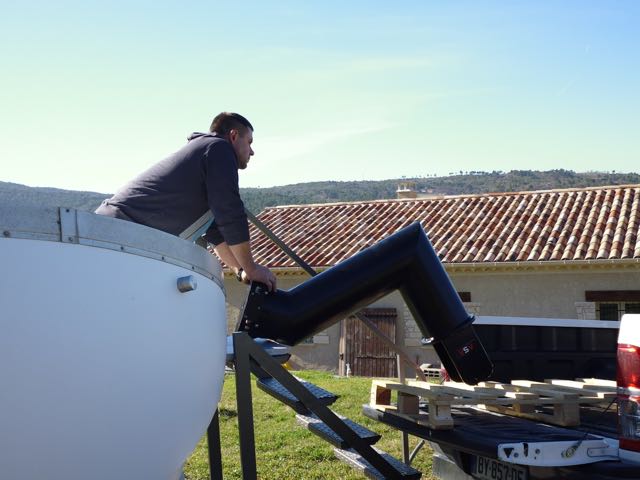
The pier is very heavy !!
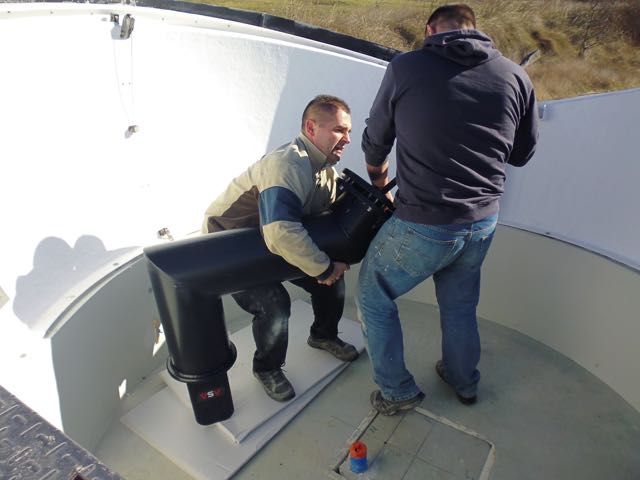
Drilling holes and fixing the mount base plate :
(notice the base plate square concrete foundation (going 1,5 meter deep in the underground) , which is independent from the observatory floor)
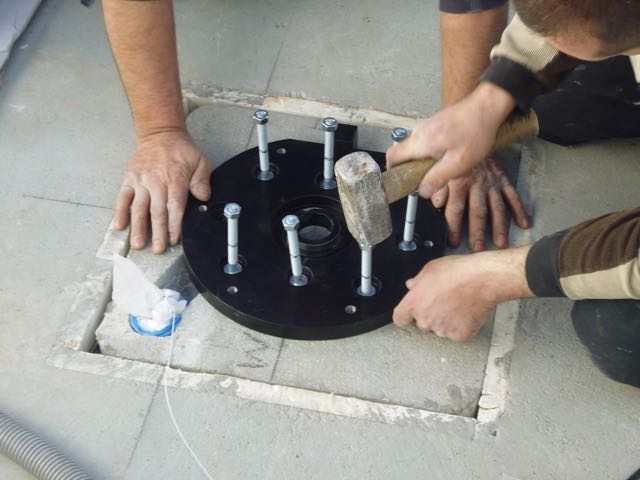
Finished :
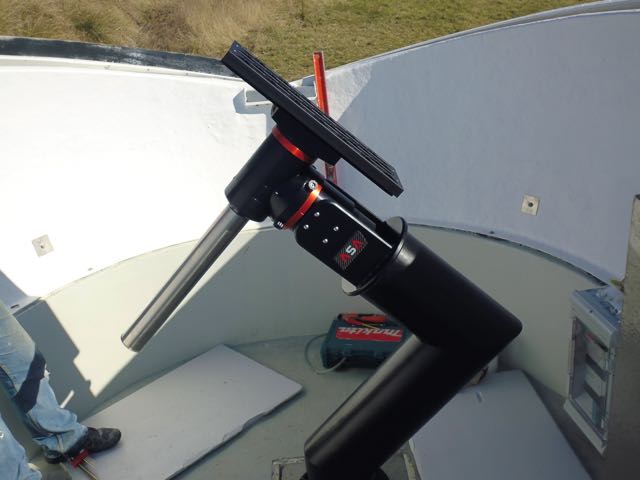
With the C8 to proceed to the first verification and software control :
(notice the weights on the C8 to counter balance the weight of the counterweight shaft - too heavy, even empty !!)
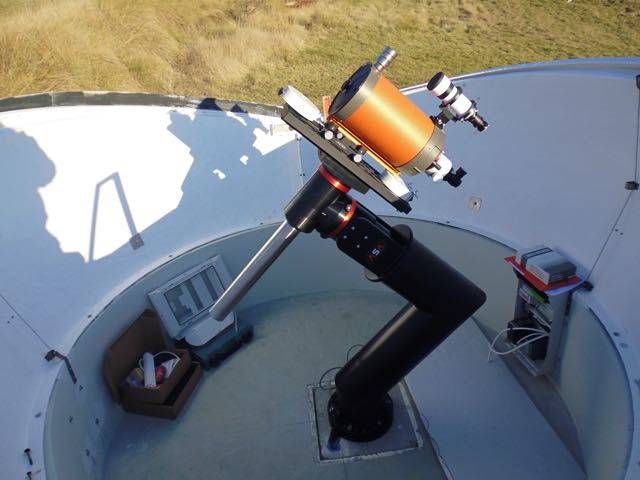
Detail on polar alignement mechanism :


